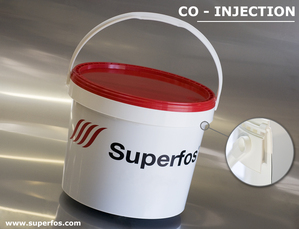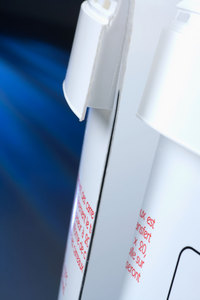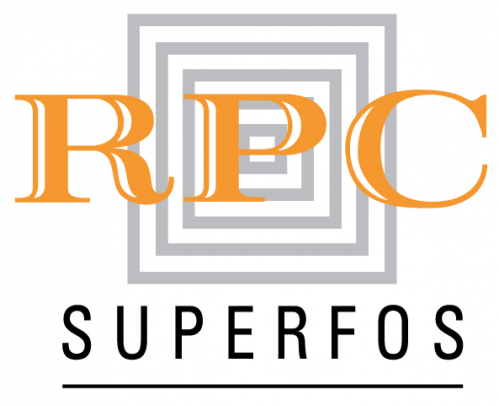



Co-Injection
PP pails
RPC SuperfosTwo different materials for one single packaging are used; one of them being recycled post consumer material. Only the raw material virgin PP is visible or in contact with our customers products. Up to 40% of the packaging may consist of non-virgin material. Even though this may appear as a lot, it does not change either the internal or the external aspects of the packaging. The co-injection process doesnt change the color of the packaging, which means that it can be printed in good conditions. Applying the method means a significant reduction in the CO₂ footprint of the packaging and is a good way to apply recycled material.
